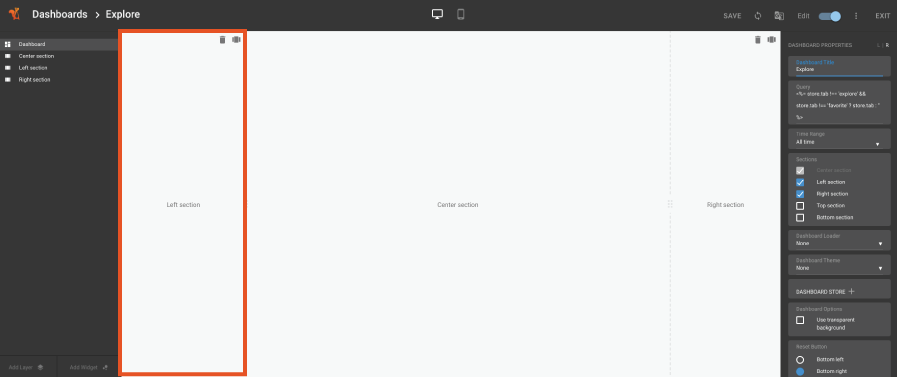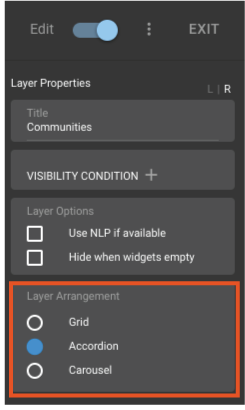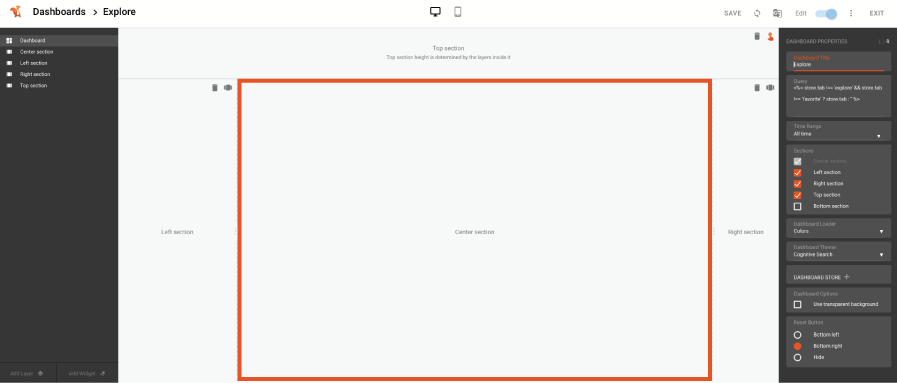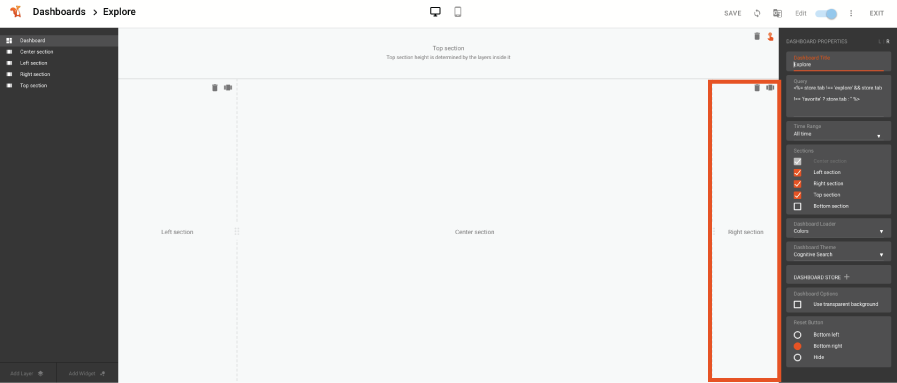How To Set Up a Cognitive Search Application#
This page details how to set up, install, and configure the Squirro Cognitive Search application in your browser.
This page is primarily intended for Project Creators.
Overview#
Squirro offers an out-of-the-box Cognitive Search application you can set up as part of the self-service flow.
After installation, you’ll be guided through project setup and configuration by the pop-up Project Guide, which details the same steps discussed on this page.
To set up your Cognitive Search application, you’ll need to perform the following steps:
Load data
Create communities
Configure dashboards
1 Loading Data#
Squirro offers many prebuilt connectors for loading data into your project.
You can load data by following the steps below:
Open your Cognitive Search project.
Navigate to Setup > Data. (By default, the Data Sources page loads.)
Click the plus icon to add new data.
Browse available data connection types and select your preferred connector.
Follow the provided steps to connect to your source and load data.

Alternatively, advanced users can use the Squirro Toolbox to connect to data sources from your command line tool (CLI).
For more information, see the Data Loader Command Line Interface Tool Tutorial.
Or, visit the Squirro Academy’s Data Loading module.
Squirro Tip: Download the Data Loading Cheat Sheet from the Squirro Academy Cheat Sheets Module for quick-reference.
2 Creating Communities#
After loading data, the next step is to set up communities for your project.
Communities is a Squirro feature that allows project users to follow topics of interest.
To set up communities, follow the steps below:
Open your Cognitive Search project.
Navigate to Setup > Data.
Click Communities from the left navigation menu.
Click the plus icon to add new communities or click Add Community if you’re setting up your first community. (You can manually create communities or upload an
.xlsxor.csvfile with a list.)Follow the provided steps to add new communities.

See the Communities Tutorial for more detailed instructions.
3 Configuring Dashboards#
You can customize the display and features of your Cognitive Search application by configuring project dashboards.
To learn more about editing and configuring dashboards, see Dashboard Editor.
To configure dashboards, follow the steps below:
Open your Cognitive Search project.
Navigate to Setup >> Visualization. (By default, the Dashboards page loads.)
Hover over the dashboard you want to modify and click Edit.

Make your modifications and click Save before exiting.
For more information about dashboards, including features and how-tos, see Dashboards.
Disabling Layer Visualization#
Sometimes you may not want to delete a layer that you don’t want visualized at first. In these situations, you can add an impossible rule in the visibility condition of the layer to prevent it from showing while keeping it in your dashboard editor.

Cognitive Search Explore Dashboard - Left Section#

By default, the left dashboard includes the following in accordion mode:
Filters
Labels
Entities
Communities
Projects With Many Labels
If your project has numerous labels, you can group them into meaningful categories to help users navigate them better.
You can do this by adding multiple Labels widgets inside a layer with its layer arrangement set to Accordion.

Machine Learning Model Entities
Entities are generated by your project’s machine learning (ML) models.
You can delete the entities widget if your project doesn’t require ML models.
Prioritizing Communities
If your project does not use ML models and doesn’t use labels, you can better utilize the side panel by displaying only communities.
To do so, delete the other widgets in the panel and change the layer mode from Accordion to Grid.
Cognitive Search Explore Dashboard - Center Section#

When a search is executed, the center section of the Explore dashboard displays a tab widget to categorize the search result into meaningful categories.
The first tab, All, displays various results like QA, Related Communities, and Matching Items.
The second tab, My Feed displays only the matching items.
The third and fourth tabs show related communities in grid mode with placeholders Community A and Community B.
Cognitive Search Explore Dashboard - Right Section#

If your project doesn’t use geo data, you can delete the tab with the map icon.
Cognitive Search Communities 360 Dashboard#
Like the Explore dashboard within the search results page, the Communities 360 dashboard displays a tabs widget to categorize the data into meaningful categories.
The first tab, Overview, displays results such as Related Communities and News.
Note: If you’re using communities within your project, it’s recommended that you configure all community widgets with the desired community type. By default, the widget is empty otherwise.
Communities Tabs Widget
You can extend the tab widgets to categorize data by news, reports, call notes, emails, and more. This can be done by adding multiple tabs inside the tab widget, assigning them a store value, then using that key store combination to configure the visibility of the respective widgets.
Troubleshooting#
Q1: Why can’t I see the Setup space in my navigation menu to access some of these pages?
As a project creator, you’ll need admin access to the Squirro platform. If you can’t see the Setup space in your navigation menu, it’s likely because you have user-level access permission.
Speak with your project owner or system administrator to obtain the correct permission levels.
